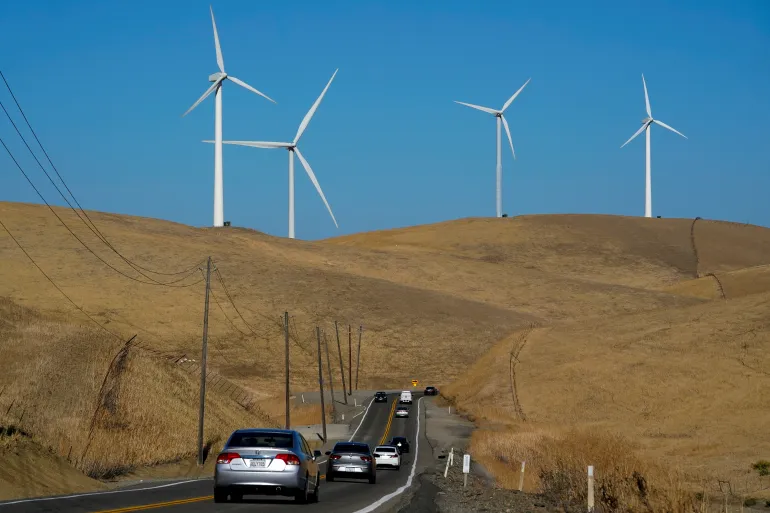As the United States endeavors to shift towards clean energy, the journey is proving to be more complex than a simple matter of cost. Despite significant reductions in the price of renewable energy technologies, several nuanced barriers continue to impede the nation’s transition to a greener future. Let’s delve into the multifaceted challenges beyond cost that are slowing down America’s clean energy transition, exploring regulatory hurdles, infrastructure limitations, and societal factors. America’s clean energy
Regulatory and Policy Hurdles
Initially, one of the primary obstacles to a swift clean energy transition in the U.S. is the regulatory and policy landscape. The patchwork of federal, state, and local regulations can create a complex environment for renewable energy projects. Moreover, the lack of cohesive national energy policy and fluctuating political priorities further complicate the path forward, making it difficult for renewable energy initiatives to gain the momentum they require.
Infrastructure and Grid Limitations
Furthermore, the current state of the nation’s energy infrastructure poses significant challenges to integrating renewable sources. The existing grid was designed for centralized, fossil fuel-based energy production, not for the decentralized nature of renewable energy sources like solar and wind. Additionally, upgrading the grid to accommodate renewables involves substantial investments and logistical challenges, slowing the pace of transition.
Market Dynamics and Investment
Moreover, market dynamics and investment patterns also play a crucial role in the clean energy transition. While investment in renewables has been increasing, the fossil fuel industry still benefits from substantial subsidies and entrenched market positions. Shifting financial flows from traditional energy sources to renewables requires not just economic incentives but also changes in investor perception and risk assessment.
Social and Political Factors
Additionally, social and political factors significantly influence the clean energy transition. Public support for renewable energy is strong, but local opposition to specific projects—often termed “NIMBY” (not in my backyard) syndrome—can delay or derail developments. Furthermore, the political debate over energy policy and climate change can lead to policy reversals that hinder long-term planning and investment in clean energy.
Technological Innovation and Adoption
Importantly, while technological advancements have dramatically reduced the cost of renewable energy, the pace of innovation and adoption of new technologies also affects the transition. Ensuring that clean energy technologies can be efficiently integrated into the existing system, and overcoming technical challenges related to storage and intermittency, are critical for advancing the clean energy agenda.
Moving Forward: A Holistic Approach
In conclusion, America’s clean energy transition is influenced by a complex array of factors beyond just the cost of renewable technologies. Addressing these challenges requires a holistic approach that encompasses regulatory reform, infrastructure upgrades, market incentives, societal engagement, and continued technological innovation. As the U.S. navigates these obstacles, the commitment to a sustainable energy future remains a pivotal endeavor for the nation’s environmental, economic, and social well-being. America’s clean energy
Inspired by Al-Jazeera News and Rear More Articles Here, Read Previous Blog Also.
